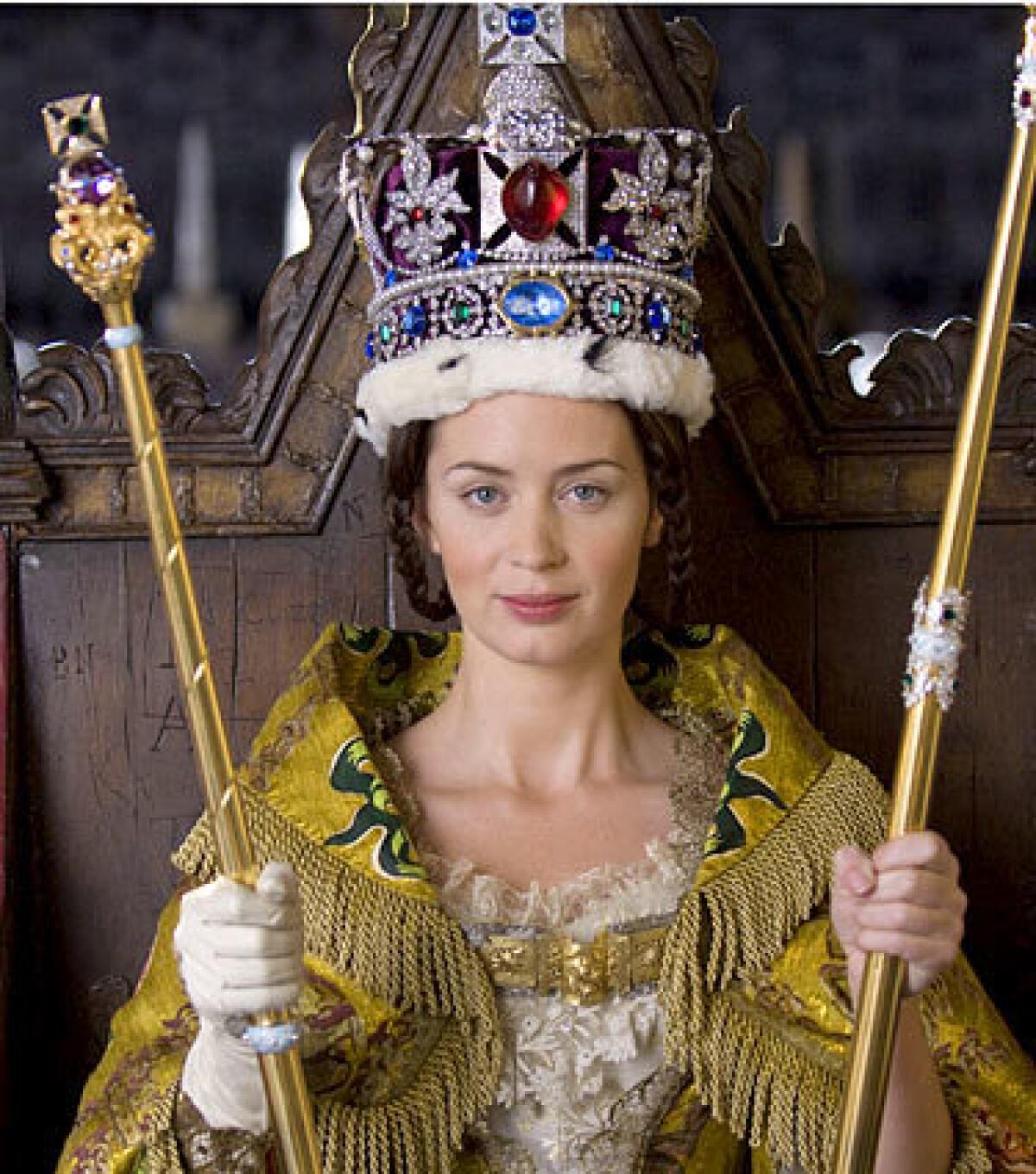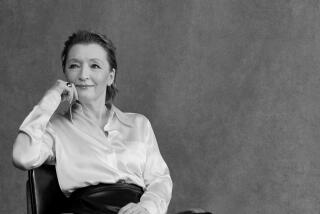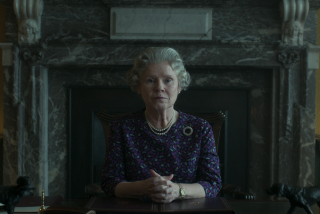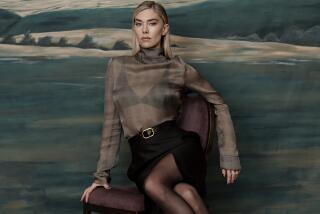Hail, Victoria: Britain celebrates the Queen’s 200th birthday in grand style
Although Queen Victoria died over a century ago, the longtime British monarch remains deeply influential, with many of her ideas and actions directly affecting the way the world sees the royal family today.
This year marks the 200th anniversary of Victoria’s birth (as well as that of her consort, Prince Albert) and the U.K. is taking the celebration as an opportunity to reflect on Victoria’s legacy, which has grown in recent years, thanks in part to a popular PBS series, an Oscar-winning movie and a newfound appreciation of her as a successful female leader.
Victoria was queen for more than 60 years, from 1837 to 1901, a period that saw England’s ascendancy as a world power, and the term Victorian has come to represent a worldview both admired and detested.
“Victoria and Albert, but particularly Victoria, came to define a whole era,” explains Claudia Williams, curator of Kensington Palace. “It’s thanks to Queen Victoria, in some respects, that monarchy survives in Britain. She has created this idea of the monarch as a kind of parent to the nation and as a moral example. She really instituted the notion of the royal family, as opposed to the sovereign, that the family is a reflection of the people and something the people can aspire to.”
For Jenna Coleman, who plays Queen Victoria on the Masterpiece series “Victoria,” which recently concluded its third season on PBS, Victoria’s ability to reign as a woman and a mother was important.
“She was the first queen who was also a mother in our history,” Coleman says. “And in terms of history, we’re not even talking about long ago. To me, she’s a symbol of endurance. Surviving nine childbirths in the Victorian era was extremely uncommon. She survived the death of her father, the death of her mother, the death of Albert, and went on to reign.”
The 2009 film “The Young Victoria,” starring Emily Blunt, offered a fresh look at the young queen — a far cry from the dowdy image of her as the ruler of the world’s most powerful empire. Written by Julian Fellowes (who went on to create “Downton Abbey,”), “Young Victoria” portrayed her as an intelligent young woman trying to find her way in an aggressively male world.

The main celebrations of Queen Victoria this summer span throughout her U.K. residences, from her childhood home of Kensington Palace to her adult residence at Buckingham Palace. Kensington Palace’s displays are twofold. The first, “Victoria: Woman and Crown,” is an extensive temporary exhibition that looks at the different facets of Victoria herself, from wife to mother to politician. The second, “Victoria: A Royal Childhood,” is a permanent reimagining of her childhood chambers in the palace, created after nearly a decade of research into what the rooms would have looked like in the early 19th century.
“We stripped all of the rooms right back to the floorboards and the joists and the plaster on the walls, and we then started again from scratch,” explains Williams. “Every surface that you see has been considered and researched and designed based on the original look. The idea is that we really want our visitors to feel transported back in time and see what it might have been like for this little girl to grow up in these spaces.”
The exhibitions create two distinct portraits of a very complex woman. One of the key aspects of the “Woman and Crown” exhibit is a focus on empire and colonialism, particularly Victoria’s obsession with India, a country she ruled over but never actually visited.
“Our job is not to promote monarchy,” Williams notes. “It’s to report on monarchy and to speak, as objectively as we’re able, about the periods these monarchs have overseen. Empire is a really key part of the Victorian era, and I think it would have been a glaring hole for us to have looked at Victoria’s adult life, during which the title of Empress of India was something she really aspired to, without it. We thought if we were going to look at these different aspects of her as a woman, a stateswoman, a politician, that we couldn’t do that without addressing up front the idea of empire.”
After Victoria became queen in 1838, she moved from Kensington to Buckingham Palace, where she and Albert added the East Front to expand the living quarters. At Albert’s request, a balcony was added to the new wing, creating a place where the royal family could emerge and greet the nation publicly. Their first appearance on the balcony came in 1851 on the occasion of the Great Exhibition.
“She created these two very important traditions that are still at the heart of how the palace functions today,” says Lucy Peter, assistant curator of paintings and co-curator of Buckingham Palace’s new special exhibit, “Queen Victoria’s Palace.” “She was also the first person to have a garden party at the palace. When Queen Victoria came to Buckingham Palace she was young, she was energetic, she loved dancing and she really injected color and life into the palace, which is an untold story.”
“Queen Victoria’s Palace” coincides with the annual opening of the palace’s state rooms for visitors on July 20, made possible each year when the royal family decamps to Balmoral in Scotland for the summer, and runs through Sept. 29. The displays include a cradle commissioned for Princess Louise, Victoria and Albert’s sixth child, and drawings made by Victoria after her coronation at 19. In the ballroom, the curators have re-created the Crimean Ball of 1856 using a type of digital projection that dates back to the Victorian era. Based on a technique called “Pepper’s Ghost,” the immersive projections will return the room to its historical look and reveal eight costumed revelers dancing.
The story of Victoria, and her relationship with Albert, continues on the Isle of Wight, home to her former residence Osborne House. The house was the royals’ holiday home, and it’s a spot where visitors can get truly intimate with the couple.
“Osborne is the single most important example of the collecting tastes of Victoria and Albert and also of the kind of private family life they enjoyed there,” says Michael Hunter, curator at Osborne House. “Much of the objects in the collection, acquired as mutual gifts by Victoria and Albert for display at Osborne, remain where they placed them.”
While the actual anniversary of the queen’s birthday took place on May 24, the festivities are set to continue through the summer and fall. Windsor will hold the “Queen Victoria Circus” in September, a family-friendly festival with 19th century attractions like falconry, music and a Victorian circus troupe inspired by a traveling menagerie that actually visited Windsor Castle in 1847.
For Coleman, the monarch continues to hold the public’s attention simply because she was, above all, human.
“The interesting thing — and why it took me so long initially to get my hands on her — is she’s so inconsistent,” the actress says. “Often Victoria’s version of events is very different from other people’s, as if she curates her own version of her life. She can be quite a conundrum. But in everything I’ve found that’s hard to access about her and get a handle on her is everything I love about her now. She doesn’t conform and she’s so richly complicated and dynamic and flawed and human in so many ways. It’s very rare that we have the access to anybody, really, to be able to see all of the idiosyncrasies and flaws within them.”
More to Read
The biggest entertainment stories
Get our big stories about Hollywood, film, television, music, arts, culture and more right in your inbox as soon as they publish.
You may occasionally receive promotional content from the Los Angeles Times.






